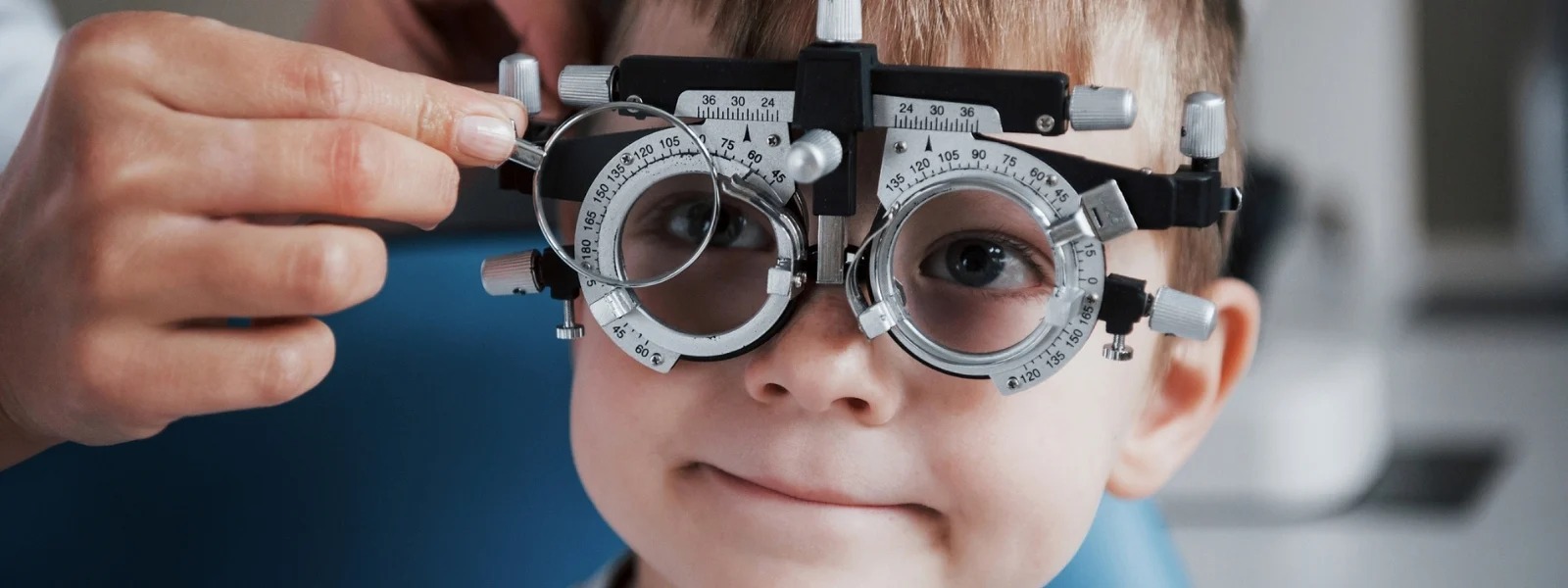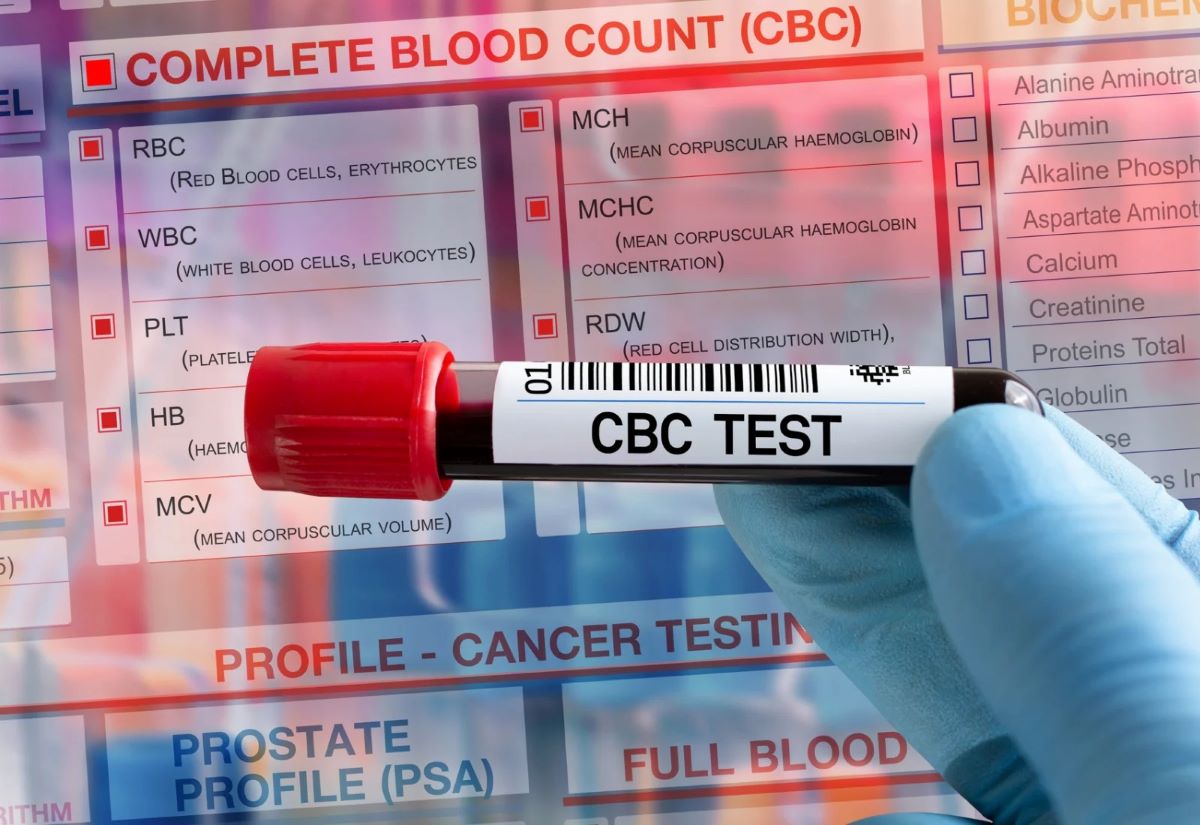Home>Finance>How Much Does It Cost For An Eye Exam Without Insurance


Finance
How Much Does It Cost For An Eye Exam Without Insurance
Published: November 22, 2023
Learn about the cost of eye exams without insurance and find financing options. Take care of your eye health without breaking the bank.
(Many of the links in this article redirect to a specific reviewed product. Your purchase of these products through affiliate links helps to generate commission for LiveWell, at no extra cost. Learn more)
Table of Contents
Introduction
In today’s world, regular eye exams are crucial for maintaining good vision and overall eye health. However, many individuals find themselves without insurance coverage for eye care services. If you fall into this category, you may be wondering about the cost of an eye exam without insurance.
An eye exam is not just a simple check-up for your eyesight; it is a comprehensive evaluation of your visual health. During an eye exam, an eye care professional will assess your vision, screen for common eye conditions, and determine if you need prescription glasses or contact lenses.
Understanding the cost implications of an eye exam without insurance is essential for budgeting your eye care expenses. By being informed, you can make informed decisions about your eye health while managing your finances.
In this article, we will explore the factors that can influence the cost of an eye exam without insurance. We will also delve into the average cost range you can expect to pay and highlight additional costs you should consider. Furthermore, we will provide you with some useful tips on how to save money on eye exams without insurance.
Factors Affecting the Cost of an Eye Exam without Insurance
Several factors can influence the cost of an eye exam without insurance. It’s important to consider these factors to understand why prices may vary between different eye care providers.
1. Location: The cost of living and overhead expenses can vary from one location to another. Eye care providers in urban areas or affluent neighborhoods may have higher operating costs, which can reflect in their exam fees.
2. Provider Type: The type of eye care professional you choose can impact the cost. Optometrists and ophthalmologists may have different pricing structures based on their qualifications and the services they provide.
3. Clinic or Private Practice: The setting in which the eye exam takes place can affect the cost. Clinics associated with hospitals or medical facilities may have higher fees compared to private practices.
4. Additional Tests: If additional tests or screenings are required during the exam, such as a retinal scan or visual field test, the overall cost will likely increase.
5. Technology and Equipment: Practices that invest in advanced technology and equipment may charge higher prices for their services.
It’s important to note that these factors are not fixed and can vary from one eye care provider to another. It is advisable to contact different providers in your area to compare prices and services offered.
Average Cost of an Eye Exam without Insurance
The cost of an eye exam without insurance can vary depending on the factors mentioned earlier. On average, you can expect to pay between $50 to $200 for a comprehensive eye exam without insurance coverage.
Keep in mind that this is a general range, and prices can differ based on the factors specific to your location and the eye care provider you choose. Some providers may offer discounted rates or package deals for multiple services.
It’s worth noting that the cost of an eye exam may also vary depending on whether you need specialized testing or if you require a specialized eye care professional, such as an ophthalmologist.
Additionally, the cost of an eye exam for children or seniors may also differ. Pediatric eye exams and geriatric eye exams may require additional tests or specialized care, which can contribute to higher costs.
When considering the cost of an eye exam, it’s important to weigh the value of the services provided against the price. A comprehensive eye exam not only checks your visual acuity but also screens for eye diseases and conditions. Detecting and treating these conditions early can prevent vision loss and potentially save you money in the long run.
To get an accurate estimate for the cost of an eye exam without insurance, it is best to contact local eye care providers and inquire about their prices and the services included in their exams.
Additional Costs to Consider
When budgeting for an eye exam without insurance, it’s important to consider any potential additional costs that may arise during or after the examination.
1. Prescription Eyewear: If your eye exam results indicate that you require prescription glasses or contact lenses, you will need to factor in the cost of purchasing these corrective eyewear options. The price of glasses or contacts can vary widely depending on the frame style, lens type, and any additional coatings or features.
2. Specialty Testing: In some cases, your eye care provider may recommend additional tests or screenings to evaluate specific conditions or concerns. These specialty tests, such as a visual field test or a retinal imaging scan, may incur extra costs beyond the basic eye exam.
3. Follow-up Visits: If the eye exam reveals any abnormalities or potential issues, your eye care provider may recommend follow-up visits or further diagnostic tests. These additional appointments can result in additional costs depending on the nature of the follow-up care.
4. Insurance Coverage: While the focus of this article is on eye exams without insurance, it is worth mentioning that if you have vision insurance, it may cover some or all of the costs associated with your eye exam. Be sure to review your insurance policy and understand your coverage to determine if any of your expenses can be mitigated.
By considering these additional costs, you can have a more accurate understanding of the total expenses you may incur for your eye care needs beyond the initial eye exam.
Ways to Save Money on Eye Exams without Insurance
If you don’t have insurance coverage for eye exams, there are still various ways to save money and make eye care more affordable. Consider the following tips:
1. Research and Compare Prices: Contact multiple eye care providers in your area and compare their prices. Some clinics or private practices may offer discounts or special promotions for new patients or certain demographics.
2. Look for Community Programs: Some communities or charitable organizations offer free or low-cost eye exams for individuals who cannot afford regular eye care. Research local programs and clinics that provide eye care services to those in need.
3. Check for Vision Care Discounts: Look into discount programs or memberships specifically designed for vision care services. These programs offer discounts on eye exams, prescription lenses, and contact lenses.
4. Utilize Flexible Spending Accounts (FSAs) or Health Savings Accounts (HSAs): If you have access to an FSA or HSA through your employer, you can use pre-tax dollars to cover the cost of your eye exam. Be sure to check the guidelines of your account to ensure eye care services are eligible expenses.
5. Take Advantage of Specialized Retailers: Some retail chains and online providers offer affordable eye exams as part of their business model. While they may not provide the comprehensive care of an eye care professional, they can be a cost-effective option for basic exams and prescription glasses.
6. Consider Telehealth Options: In some cases, telehealth services are available for eye exams. These virtual consultations can be a convenient and affordable alternative to in-person visits. However, it’s important to note that not all eye conditions can be diagnosed or treated through telehealth.
Remember, while saving money is important, don’t compromise on the quality of your eye care. It is vital to have your eyes examined regularly by a qualified professional to ensure optimal eye health and early detection of any potential issues.
Conclusion
While the cost of an eye exam without insurance may seem daunting, it is essential to prioritize your eye health and find ways to make it more affordable. By understanding the factors that can affect the cost, considering additional expenses, and exploring money-saving options, you can ensure that regular eye exams remain accessible to you.
Remember to research and compare prices, look for community programs, and take advantage of vision care discounts. Additionally, you can utilize FSA or HSA accounts and consider specialized retailers or telehealth options for more affordable options.
Investing in regular eye exams is an investment in your long-term vision and overall eye health. Early detection and treatment of eye conditions can prevent vision loss and maintain optimal visual acuity. Don’t underestimate the importance of regular eye exams, even if insurance coverage is not available to you.
Take the necessary steps to prioritize your eye care, budget accordingly, and explore cost-saving measures. Your eyes are invaluable, and with proper care and attention, you can maintain healthy vision for years to come.














